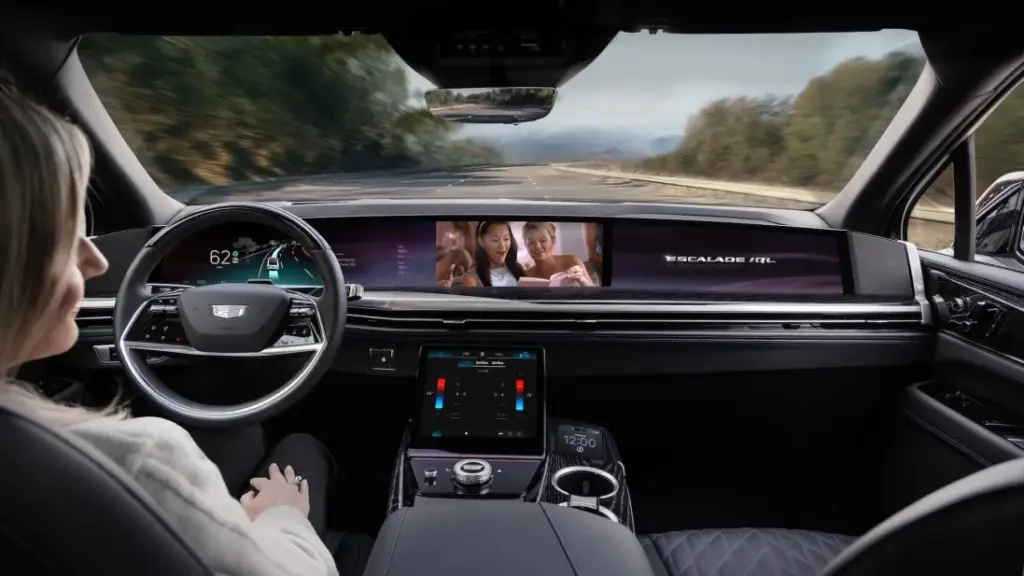
Get ready to reclaim your commute, folks, because the automotive landscape is on the brink of a monumental shift. General Motors, a titan in the industry, has just made a bold declaration: fully autonomous, ‘eyes-off, hands-off’ driving is coming to their vehicles by 2028.
This isn’t just an incremental update; it’s a quantum leap forward, promising a future where your car doesn’t just assist you, but truly drives itself. Imagine a world where rush hour traffic transforms from a frustrating ordeal into an opportunity to read a book, catch up on emails, enjoy a movie, or simply relax and take in the scenery. This is the future GM is actively building, and it’s closer than you might think.
Beyond Super Cruise: What ‘Eyes-Off’ Truly Means
Many drivers are already familiar with advanced driver-assistance systems like GM’s own Super Cruise, which allows for hands-free driving on compatible highways. While Super Cruise has been a groundbreaking step, it still requires drivers to remain attentive to the road, ready to take over at a moment’s notice.
The ‘eyes-off’ system GM is promising goes far beyond this. It signifies a transition to what’s often referred to as Level 4 autonomy – a state where the vehicle can handle all aspects of driving under specific conditions, without any expectation of human intervention. This means the car is fully responsible for navigation, obstacle avoidance, lane changes, and even handling unexpected situations, all while you relax in the cabin.
The Road to 2028: A Journey of Innovation
Developing such a sophisticated system is no small feat. It requires immense advancements in sensor technology (lidar, radar, cameras), artificial intelligence, machine learning, and robust software architecture. GM has been investing heavily in these areas for years, through their work with Cruise Automation and extensive internal R&D.
The journey to 2028 will undoubtedly involve rigorous testing, validation, and collaboration with regulatory bodies to ensure the highest standards of safety and reliability. We can expect to see more details emerge over the coming years about the specific vehicles that will feature this technology, the operational design domains (where and when it will function), and how it will seamlessly integrate into our daily lives.
Impact on Our Lives: More Than Just a Car Feature
The implications of truly autonomous driving extend far beyond convenience. Consider the potential benefits:
- Increased Safety: Human error is a major factor in most accidents. Autonomous systems, free from distraction or fatigue, have the potential to significantly reduce collisions.
- Reduced Congestion: Optimised driving patterns and vehicle-to-vehicle communication could lead to smoother traffic flow and less gridlock.
- Enhanced Productivity and Leisure: Time spent commuting can be repurposed, boosting productivity or offering valuable relaxation.
- Greater Accessibility: For individuals unable to drive due to age, disability, or other reasons, autonomous vehicles could offer newfound independence and mobility.
Looking Ahead
GM’s commitment to ‘eyes-off, hands-off’ driving by 2028 is a powerful statement of intent. It positions them at the forefront of the autonomous revolution and signals that the future of mobility is not just coming – it’s arriving sooner than many might have anticipated.
While there will be challenges and conversations around regulation, ethics, and infrastructure, one thing is clear: the driver’s seat is about to get a whole lot more comfortable. Get ready to experience a new era of freedom on the open road. The countdown to 2028 has officially begun!





